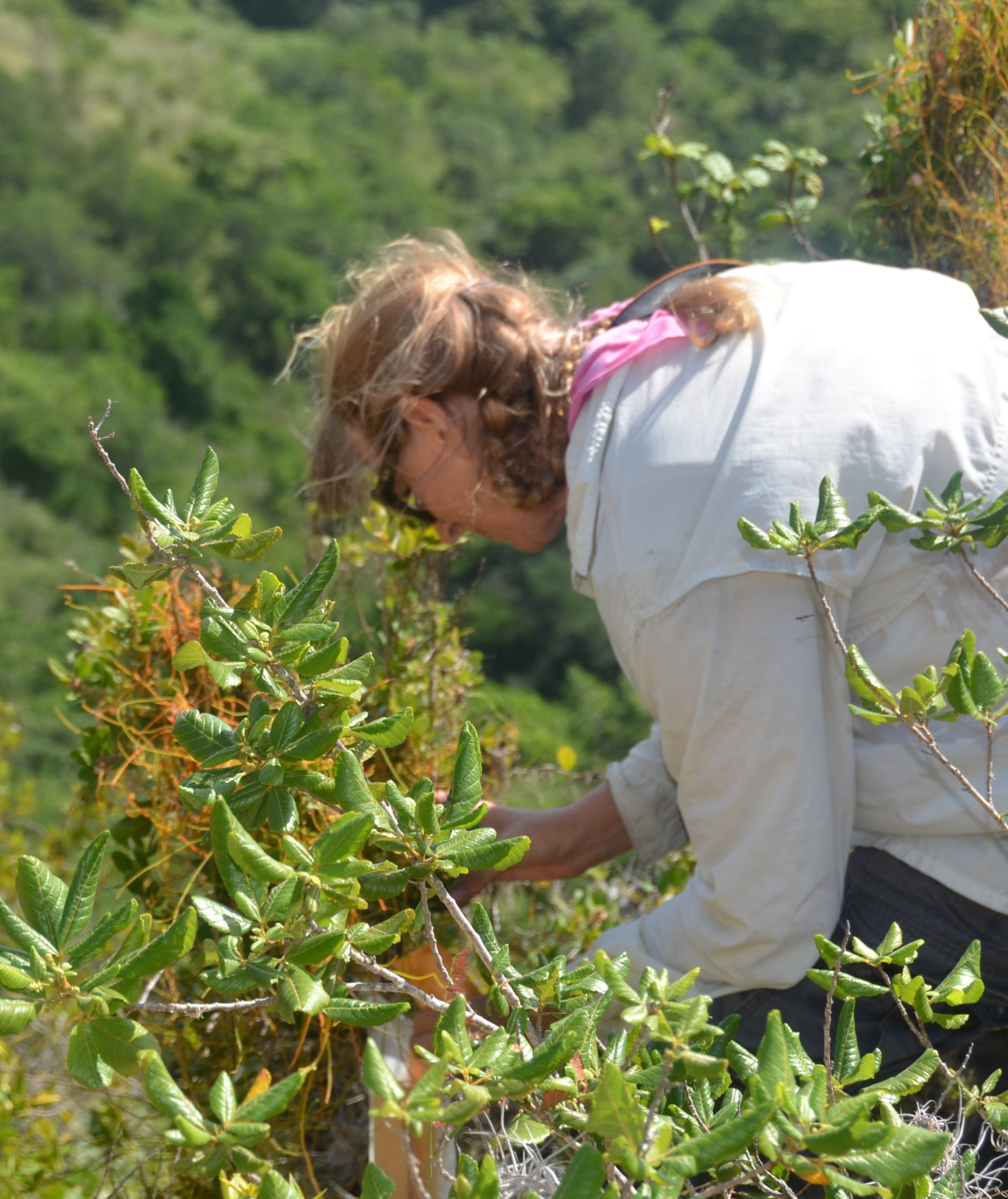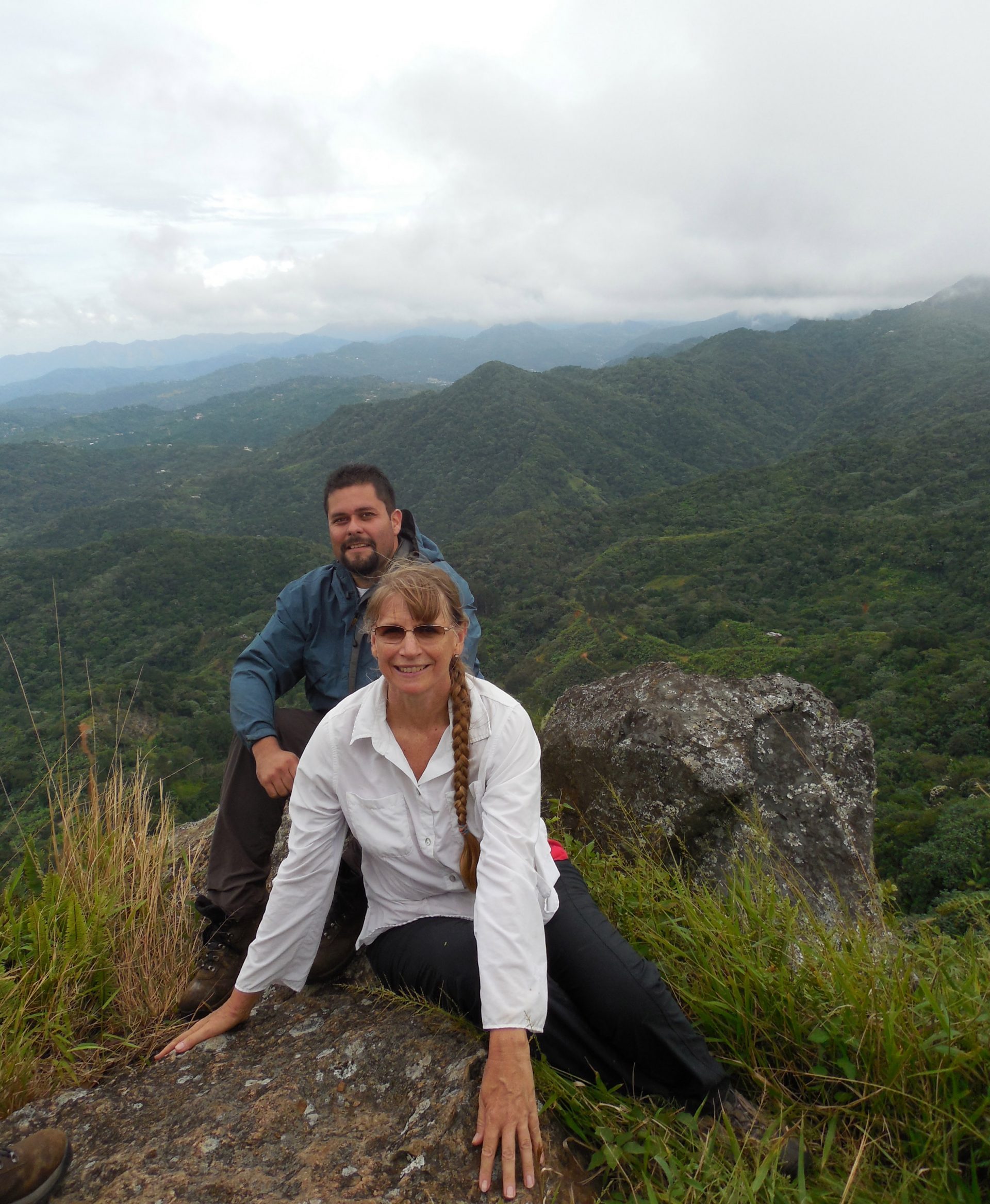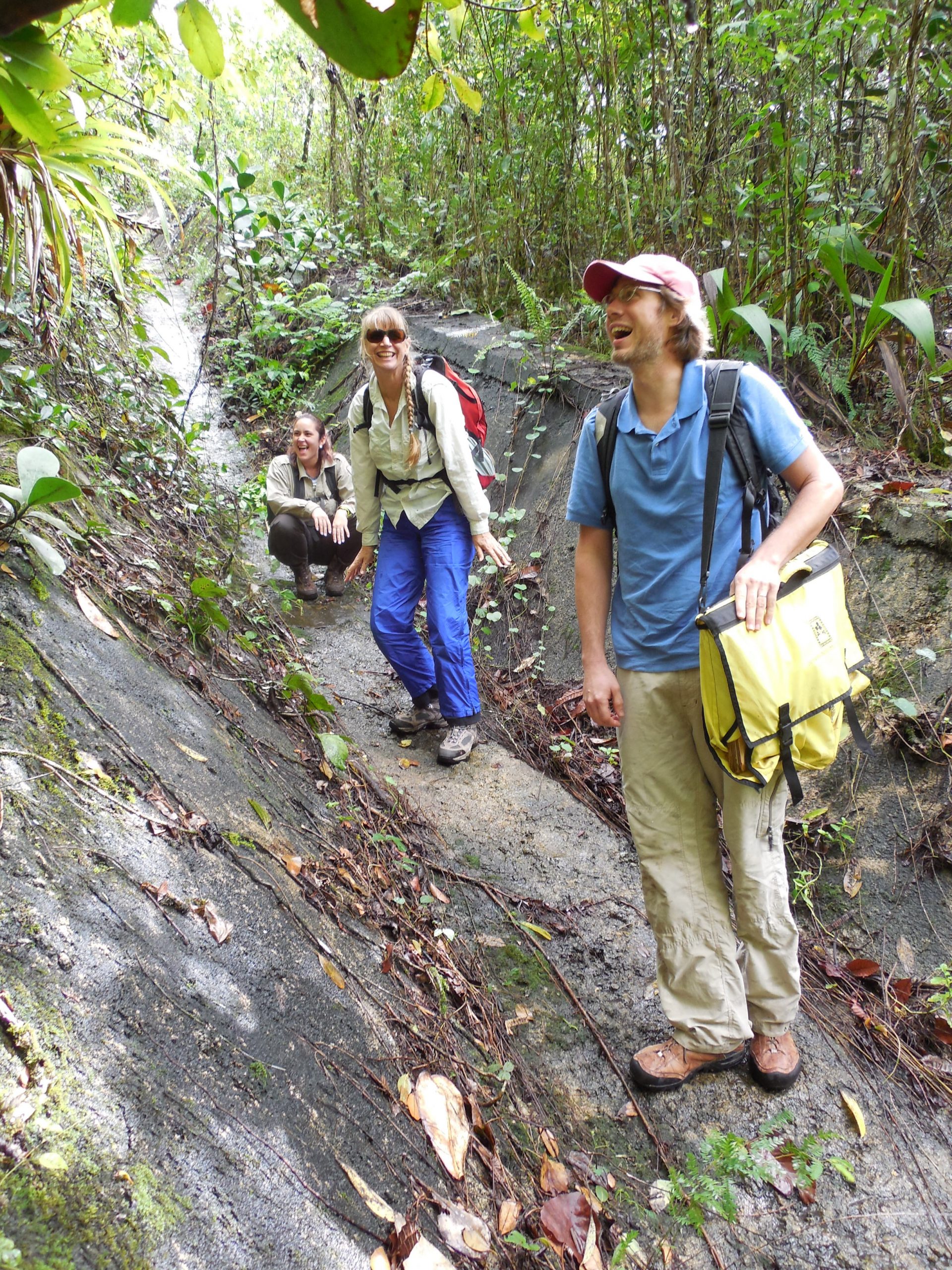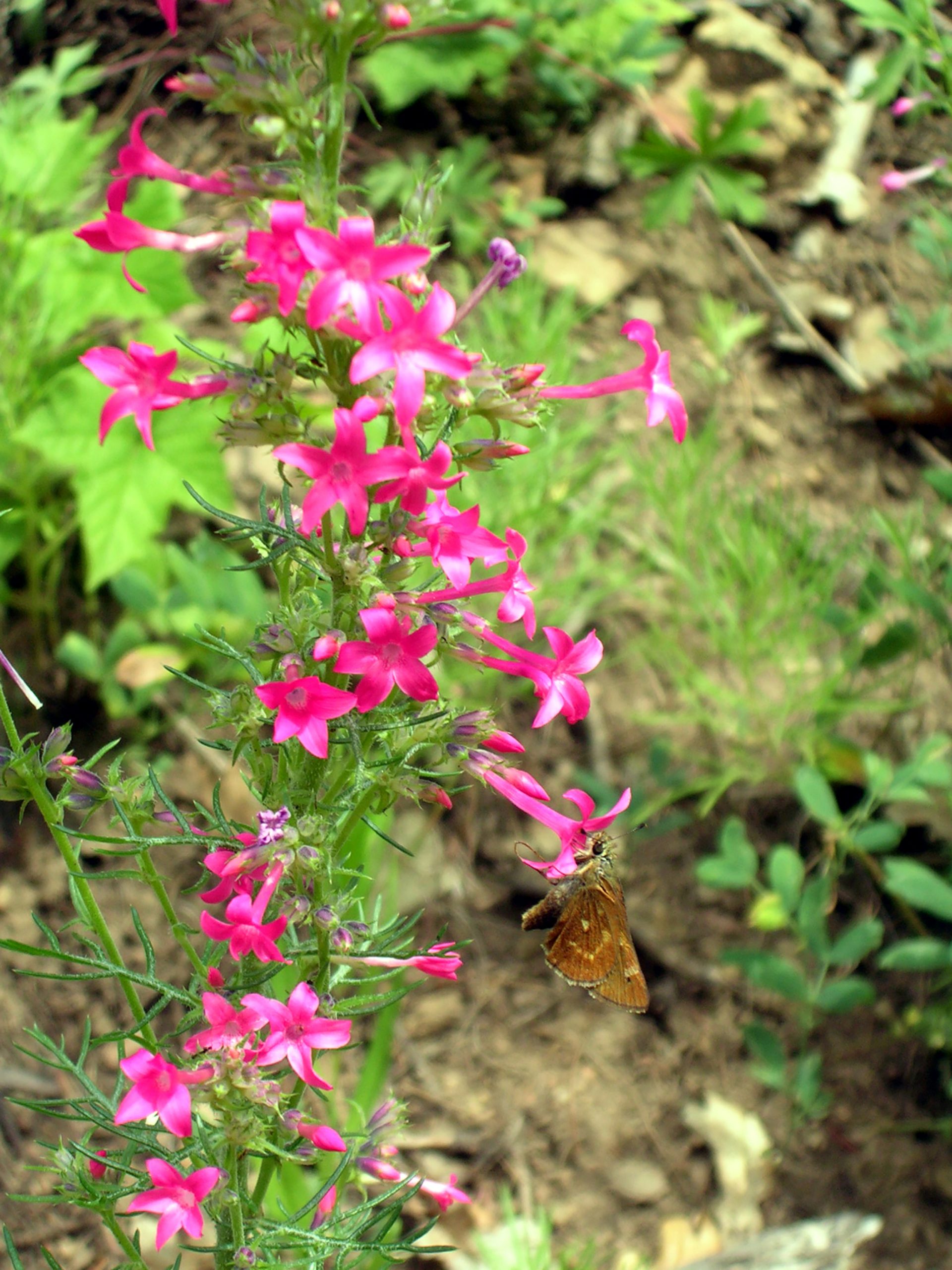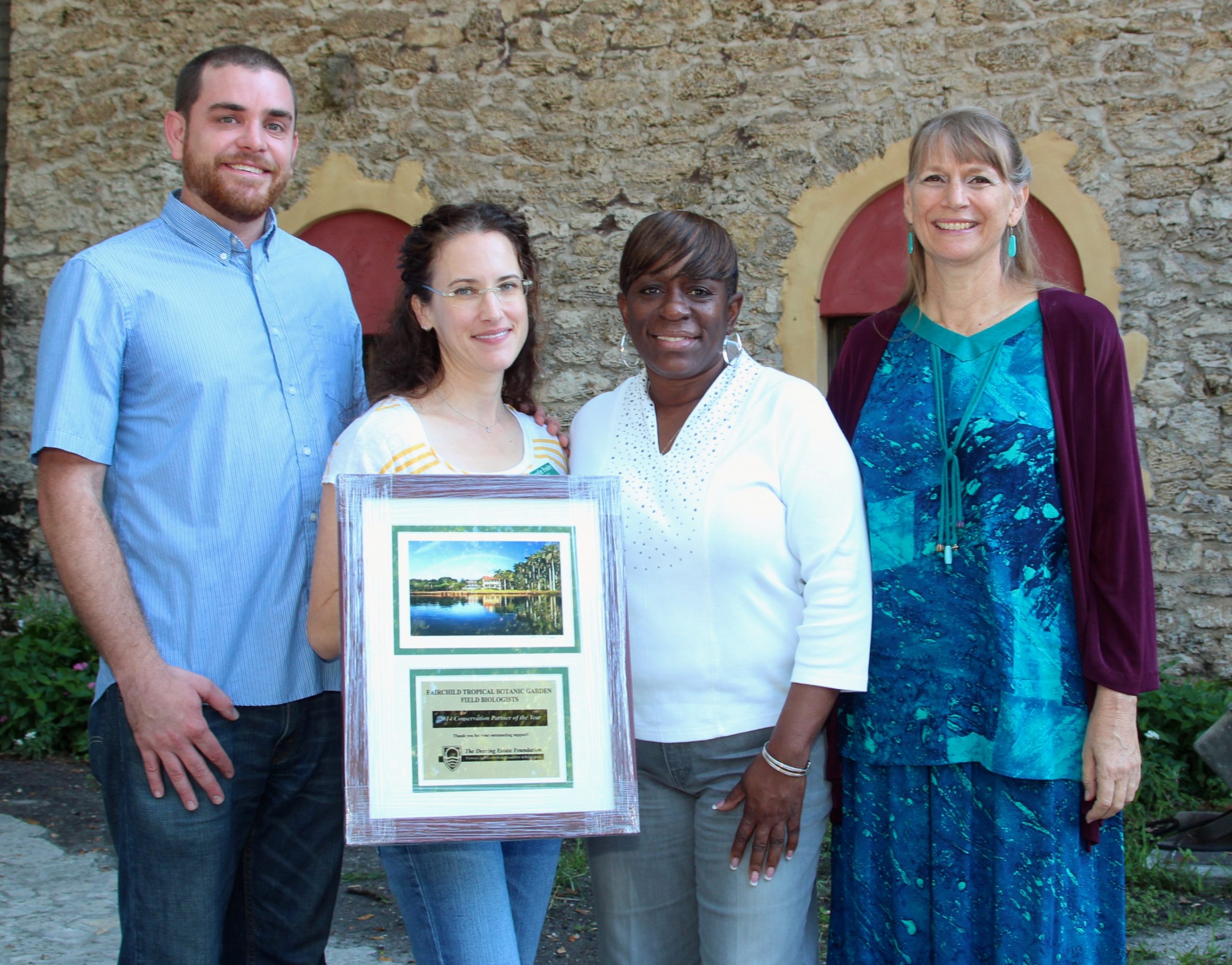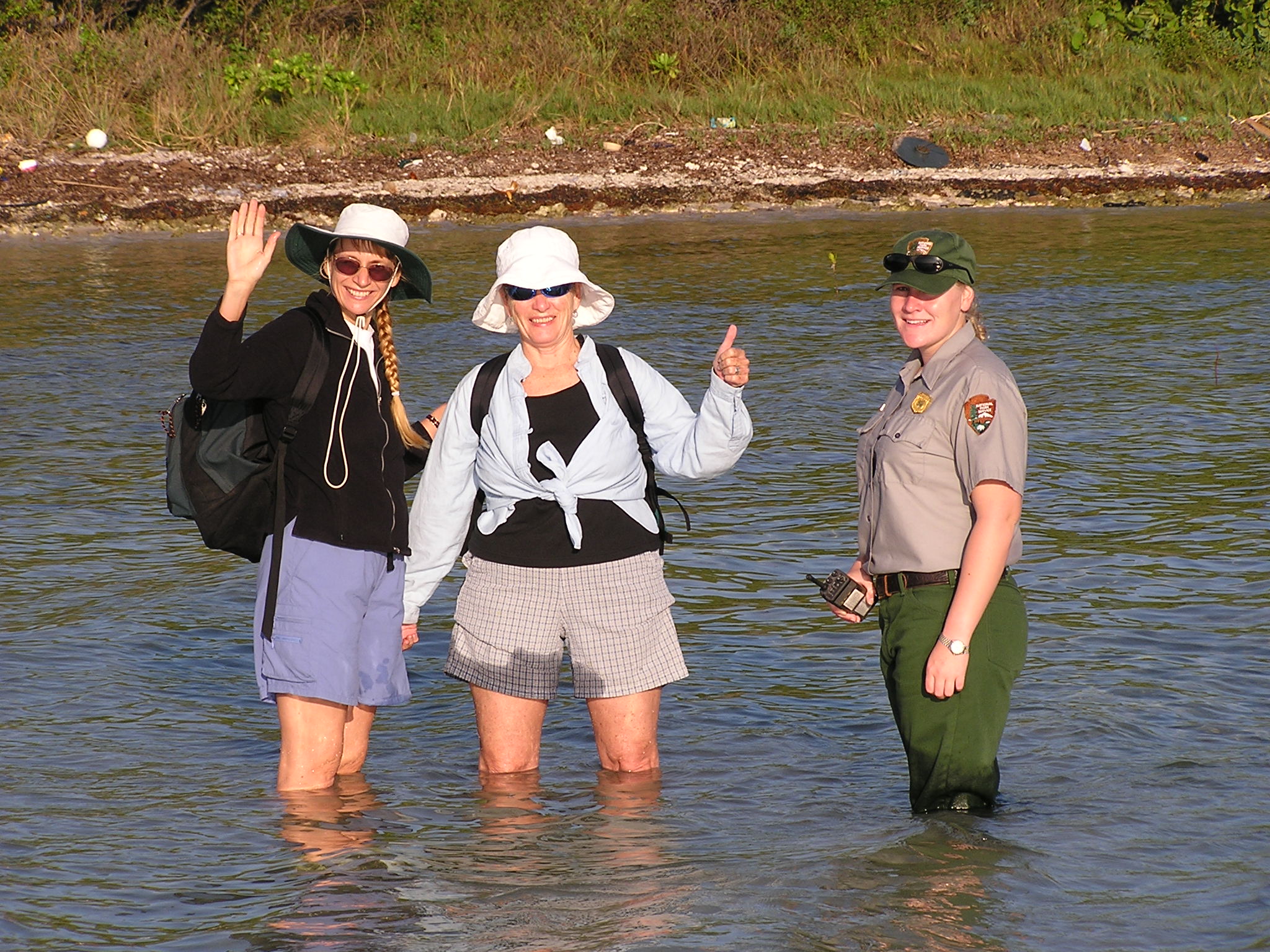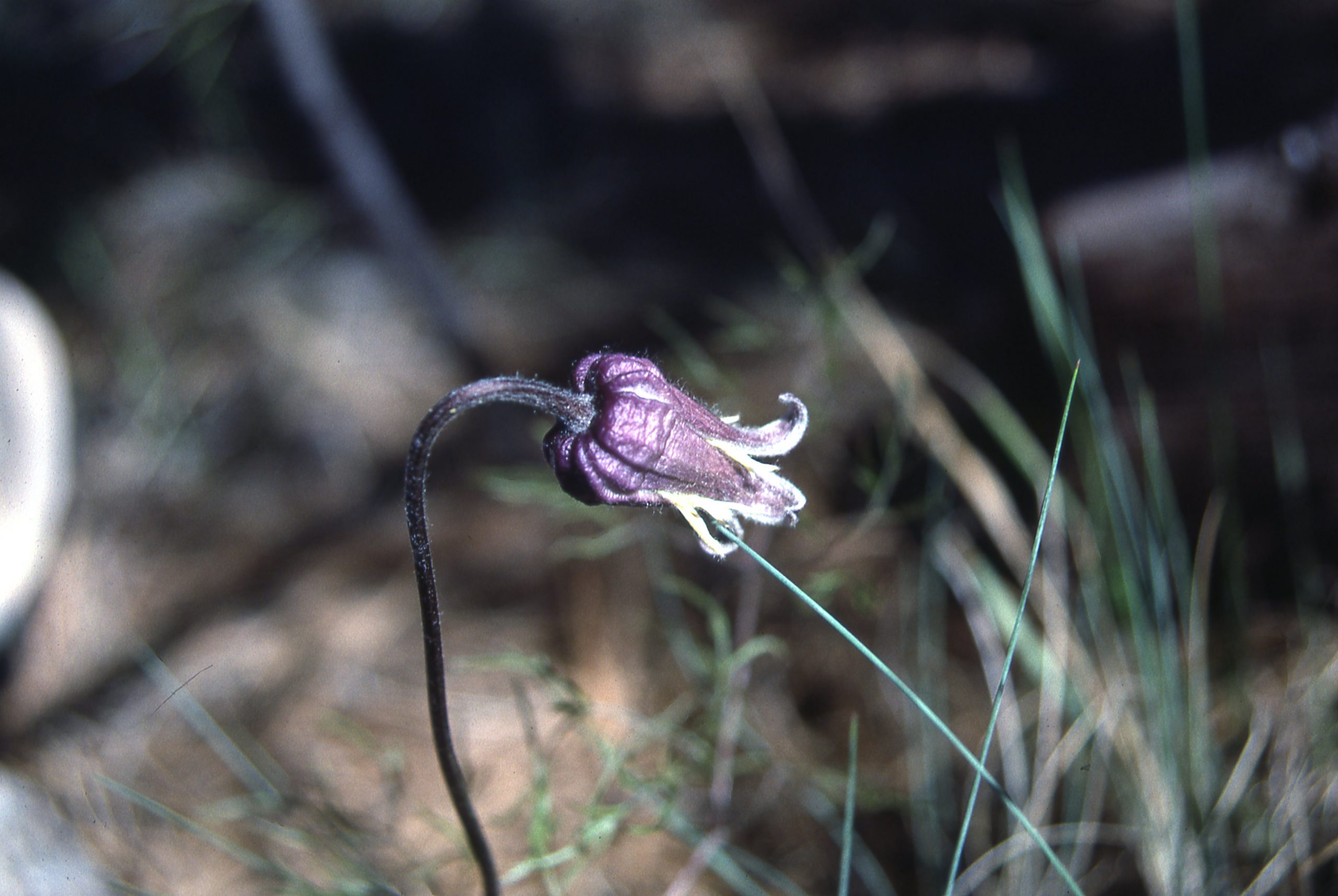Joyce Maschinski, Ph.D.
This month we take the opportunity to more thoroughly introduce our readers to CPC’s new President and CEO, Dr. Joyce Maschinski. We at CPC look forward to Joyce’s leadership as we march forward to save plants.
When did you first fall in love with plants?
As a child, I liked running through wild places and always loved flowers and trees. My family loves to recount the tale that on our cross-country drive from Florida, when I first saw the forests of California as a four-year-old, I said, “Trees! Trees! And they are all mine!” When I pursued my bachelor’s degree, I was drawn to classes where I could learn about why things work the way they do, especially interactive processes – plant physiology and ecology. For me, plants are fundamental to my well-being.
Growing up in the military with a career-Navy dad, I had a chance to roam on some of the nearly pristine wild habitats on military installations. One of my favorite things to do after school as a teenager was to hike to the cliffs overlooking the Puget Sound in Oak Harbor, Washington, and sit to commune with nature. I had the whole place to myself – the dunes, the sea, the brisk fresh air. I never realized how spoiled I was! It’s a shame I didn’t know to hunt down rare plants in those days.
What was your path to becoming a plant conservationist?
About a month before I was to graduate with my Ph.D. in Botany from Northern Arizona University, the Coconino Forest botanist visited my major professor to ask for help to determine whether a timber harvest would harm the Arizona leatherflower. I took the contract. Walking with her through the forest to see patches of Arizona leatherflower was a great “Aha!” moment for me. I realized that I could use what I know about plant ecology to give a voice to the voiceless – rare plants. Ultimately, I discovered that Arizona leatherflower had highest reproduction and growth in patches with intermediate light levels. A little bit of timber harvest would be fine, but too much would be detrimental to the species. This small contract led to my job at The Arboretum at Flagstaff, and was only the beginning of my applied plant conservation research. I like that my research has helped land managers protect dozens of rare plant species.
What about working with CPC has surprised you?
It never fails to amaze me how cooperative the CPC network is, how willing our conservation officers are to pitch in and help with new projects or answer questions I may have about plant conservation science. I love that the National Meeting is like a big support group, a brain trust. This is something that we have found difficult to explain to others who have not experienced the comradery. Whenever I didn’t know how to help a rare plant in my charge, I could always get support, answers, or sympathy from my CPC colleagues. I love that our new online platform is a way for us to enlarge the group of colleagues, who may learn from our experiences.
What has been the most challenging aspect of your work?
Plant conservation is an endeavor for optimists. Many forces threaten rare plants in our backyard and across the world, so our great challenge is to keep focusing on solutions. I am fortunate that I have personally experienced success from my actions with rare plant species. I see that plants I reintroduced to the wild are still there. Some are producing offspring. Many have taught me lessons that I’ve been able to share with others. It is easy for me to believe in the power of following guidelines, because I know from experience that following guidelines really has helped prevent extinction of a threatened plant. Transferring what I know to new practitioners is an important part of how I have been able to maintain my optimism. I am so proud that my successors at The Arboretum at Flagstaff and at Fairchild Tropical Botanic Garden are continuing plant conservation work on endangered plants I once studied. This is not unique to my experience. The CPC network is a conduit for continuity in plant conservation practice across personnel and time. This is one of the very special things about CPC and is a great source of inspiration.
What excites you most about stepping into the role of CEO?
CPC is poised to lead plant conservation practice in ways that can truly help save more plants. I am happy to continue working with the fine CPC national office staff and our great San Diego Zoo Global colleagues. For 35 years, CPC Participating Institutions have been wise stewards of North America’s rarest plants. Along the way, we have learned a great deal about how to do effective plant conservation and the great thing is that we are willing to share what we know. Moving our best practices to an interactive online platform is tremendously exciting! The new platform extends what we do at CPC National Meetings. It provides an opportunity to gather all the good brains in the network to brainstorm about hard questions and future endeavors. Ultimately, it allows us to reach more people and save more plants.
What current projects or approaches in plant conservation excite you most?
So many good and exciting projects are underway! Everyone will be hearing about them as they unfold. To give a teaser about one of them, I can share that following a small group discussion at a CPC National Meeting, several CPC conservation officers and academic colleagues are re-evaluating one of our key recommendations: collect no more than 10% of seeds produced in a population in any season. Because the potential pressure seed collections may have on rare plant populations probably varies across good and bad weather years, we want to use our data to see if we should modify the recommendation. For example, some of our local San Diego thornmint populations fluctuate wildly depending on rainfall. When hundreds of thousands of plants emerge after rains, I suspect that collecting more than 10% of the seeds that year may be safe, while in a bad year when few plants emerge, 10% might be too much. Michelle DePrenger-Levin, a doctoral candidate at the University of Colorado, Denver, working at Denver Botanic Gardens, is leading this re-evaluation modeling effort. Stay tuned for her findings … but know that this will take some time, like all good things!
